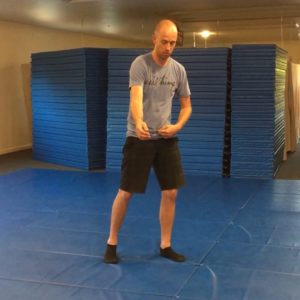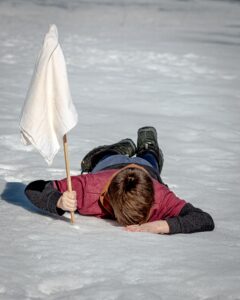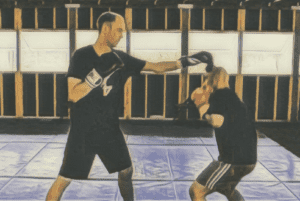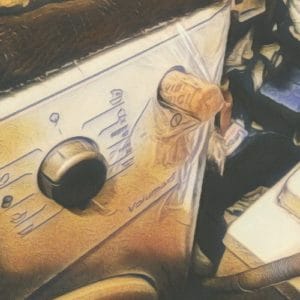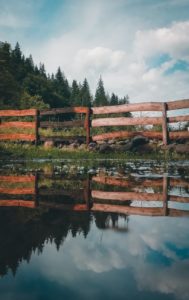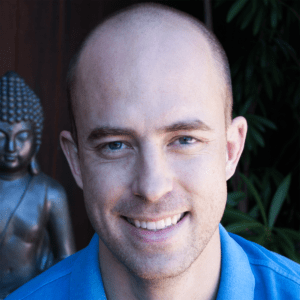
1. How would you define your personal practice?
An honest investigation and training of principles and dynamics that allow for effortless power and interaction, known as Cheng Hsin, The Art of Effortless Power. It was founded by Peter Ralston in 1975.
2. What turning points have you encountered on your movement journey?
A good one for me is moving out of the world of dogma, belief, and fantasy and doing my best to look into the reality of movement and martial arts itself.
3. What role has injury played in cultivating your current niche?
Injury advises me to train smarter. It also helps give me feedback about what not to do, where I lack awareness, and/or shows up ineffective states of mind. It also tends to help me remember how to be humble.
4. Do you consider yourself a teacher? Why or why not?
Yes, because I teach people around the world. At the same time I use the teaching to expand my knowledge and skill.
5. What has been your experience with physical education, both in the schooling system and sought out knowledge/ know-how elsewhere?
Back when I was in school I loved physical education. As I got older, I noticed that physical education in schools doesn’t seem to be as effective as it could be. I think we could be really teaching kids about their bodies and how to master movement itself. So that when they graduate they have a range of skills that can apply broadly to any physical activity, rather than knowledge of specific sports. Perhaps a bit like cats, they start out clumsy as kittens and by the time they are adults they have a natural talent for skill, grace, and power in all movements. Not because they were born that way but because they trained it.
Regarding other knowledge I have benefited from many teachers. Some have more to offer than others and I can usually create some value with any teacher.
6. How do you involve your mind/ emotions into your physical routines?
Mind is incredibly important. Like my teacher, Peter Ralston would say, “boxing is 90% mind.” I can echo that sentiment from my own experience and I would include any other movement art.
I involve my mind in the sense that when I train now I am worried more about what my mind is doing, what am I aware of, and most importantly what can I feel, or be aware of with my feelings? As for emotions they are best to be non-existent. Like the samurai might say, “no mind” (aka zero emotional disturbance or no self mind active.)
7. What are your personal aspirations regarding movement? How do you hope to find purpose and use in the skills you have built?
It is my intention to benefit others by giving them skills that they can apply in any area of movement. Also to continue to train and share with others to help spread this work in the world. In exchange I want to continue to build a career out of my passion.
Regarding purpose, I hold it less like finding purpose and more like I can create purpose. (See above)
8. How can people find/ contact you? Do you have a site or social media handle to share?
Contact email:[email protected]
Learn more:
Brendan’s Recent Blog Posts

Reality, Principles, & Rules

Changing Others
